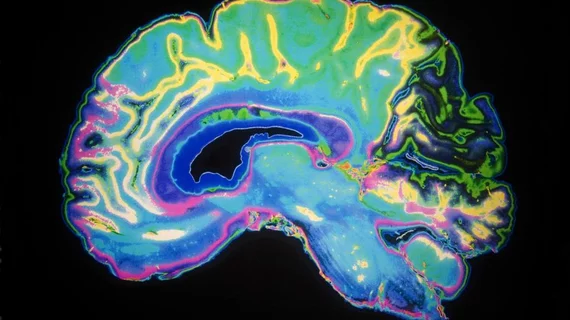Biological ‘brain age’ could help pave the way for more personalized medicine
Age really is just a number—and doctors agree. A new AI-powered tool using MRI to assess “biological brain age” seems to better reflect an individual’s cognitive condition than their actual “chronological brain age,” according to a study published in Proceedings of the National Academy of Sciences [1].
"People age at different rates, and so do tissue types in the body. We know this colloquially when we say, ‘So-and-so is 40, but looks 30. The same idea applies to the brain,” says Andrei Irimia, an assistant professor at the USC Leonard Davis School of Gerontology and corresponding author of the study, in a news release from USC. "The brain of a 40-year-old may look as ‘young’ as the brain of a 30-year-old, or it may look as ‘old’ as that of a 60-year-old.”
When MRI shows a large gap between biological and chronological brain age, the patient may be at higher risk for neurodegenerative diseases, such as Alzheimer’s, compared with their counterparts whose “brain age” closely reflects their chronological age.
While this link doesn’t come as a surprise, researchers and clinicians have long struggled to identify certain brain anatomy biomarkers that correlate with aging and cognitive decline on MRI scans. That’s where AI capabilities come in.
“Our study harnesses the power of deep learning to identify areas of the brain that are aging in ways that reflect a cognitive decline that may lead to Alzheimer’s,” Irimia says.
Specifically, the study’s researchers collected brain MRIs from 4,681 cognitively normal participants, noting which participants later developed cognitive decline or Alzheimer’s. Using these scans, they created an AI model that was able to predict the true chronological ages of cognitively normal participants within 2.3 years and indicate instances where the brain appeared to be aging more quickly.
These capabilities could have important implications for doctors wishing to intervene more quickly and in a more custom-tailored way for patients where biological brain age indicates cognitive decline.
“Many people would be interested in knowing their true rate of aging. The information could give us hints about different lifestyle changes or interventions that a person could adopt to improve their overall health and well-being. Our methods could be used to design patient-centered treatment plans and personalized maps of brain aging that may be of interest to people with different health needs and goals,” Irimia says.
